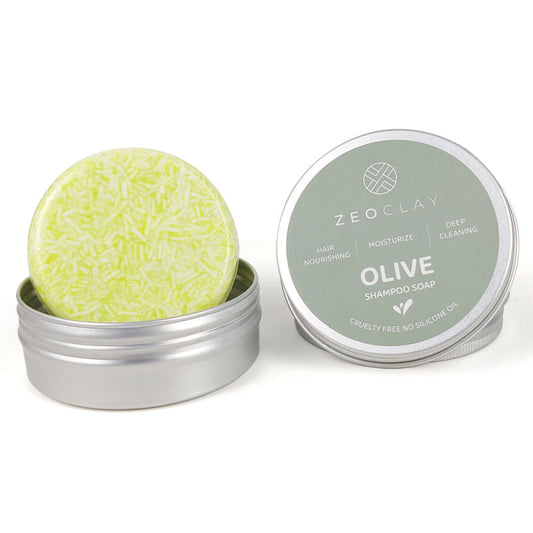Why is Natural Clinoptilolite Preferred Over Synthetic Versions?
ZEOCLAY is made of natural clinoptilolite, a naturally occurring mineral with a unique crystal structure that gives it a number of unique properties. Synthetic clinoptilolite, on the other hand, is a man-made version of the mineral that is created in a laboratory setting. While both types of clinoptilolite have a number of potential uses, there are several reasons why natural clinoptilolite may be considered superior to synthetic clinoptilolite.
One key reason is that natural clinoptilolite has a number of beneficial properties that are not found in synthetic clinoptilolite. For example, natural clinoptilolite has a high cation exchange capacity, which means that it can effectively absorb and release ions such as calcium, magnesium, and potassium. This makes it a valuable tool for balancing soil pH and improving plant growth.
Another reason why natural clinoptilolite may be considered superior to synthetic clinoptilolite is that it is more environmentally friendly. Synthetic clinoptilolite is created using a variety of chemicals and energy-intensive processes, which can have negative impacts on the environment. In contrast, natural clinoptilolite is a renewable resource that is mined from the earth and does not require any additional processing or chemical treatments. As a result, it is considered to be a more sustainable and environmentally friendly option.
Finally, natural clinoptilolite has a number of other potential uses beyond its use in agriculture and soil health. For example, it has been shown to be effective at removing toxins and contaminants from water, making it a valuable tool for improving water quality. It has also been used in a variety of other applications, including as a natural alternative to synthetic pesticides, and as a feed supplement for livestock.
In conclusion, natural clinoptilolite has a number of benefits that make it superior to synthetic clinoptilolite. Its unique properties, including its high cation exchange capacity and its ability to improve soil health and water quality, make it a valuable tool for a wide variety of applications. In addition, its environmental friendliness and potential for use in a variety of other applications make it a more sustainable and versatile choice.








